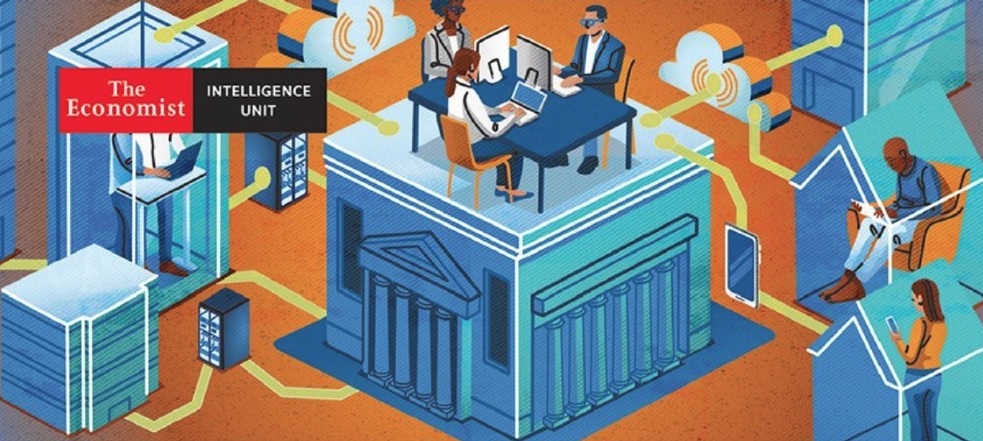Global leaders in financial services and insurance (FSI) believe that legacy IT infrastructure and applications are holding back their business transformation aspirations and automation objectives, according to a new report, Financiers ridden with technical debt, from The Economist Intelligence Unit (The EIU), supported by Appian.

The need for business agility, spurred by recent global events, is causing FSI organizations to reimagine how they do business as they work at an accelerated pace to adapt to change.
Key findings include:
■ 71% of IT decision makers (ITDMs) in FSI organizations report that the growth of technology project requests exceeds IT budget growth, which is higher than the global average of 64%.
■ 87% of respondents say their organization has encountered operational difficulties in addressing the challenges posed by the pandemic.
■ 81% of FSI leaders say their organization needs to improve its IT infrastructure and applications to better adapt to external change.
■ 44% of ITDMs believe inadequate collaboration between the IT function and business units is a chief barrier to digitization, compared to 27% of business decision-makers.
According to survey findings, automation is viewed as being one of the most important technologies over the next 12 months by 31% of global financial services executives. The report highlights that more than a third (34%) of ITDMs believe that the reduction or elimination of legacy IT would most help their organization achieve its automation objectives.
However, only 17% of financial services business decision-makers believe that overcoming legacy IT would be a key factor in helping their firms to embrace automation.
"Financial services and insurance companies must bolster collaboration between IT teams and the business units they serve. Both groups recognize the need to collaborate more to meet their digital and automation ambitions with speed, quality, and security. Our report shows that by working together, modernizing dated legacy systems, and adopting agile methodologies, organizations can overcome barriers to digitization," said Michael Heffner, VP of Solutions and Industry Go-to-Market at Appian.
Methodology: Financiers ridden with technical debt is based on a survey conducted by The EIU of more than 1,000 IT decision-makers (ITDMs) and senior business executives at financial services, banking, and insurance corporations around the globe.
